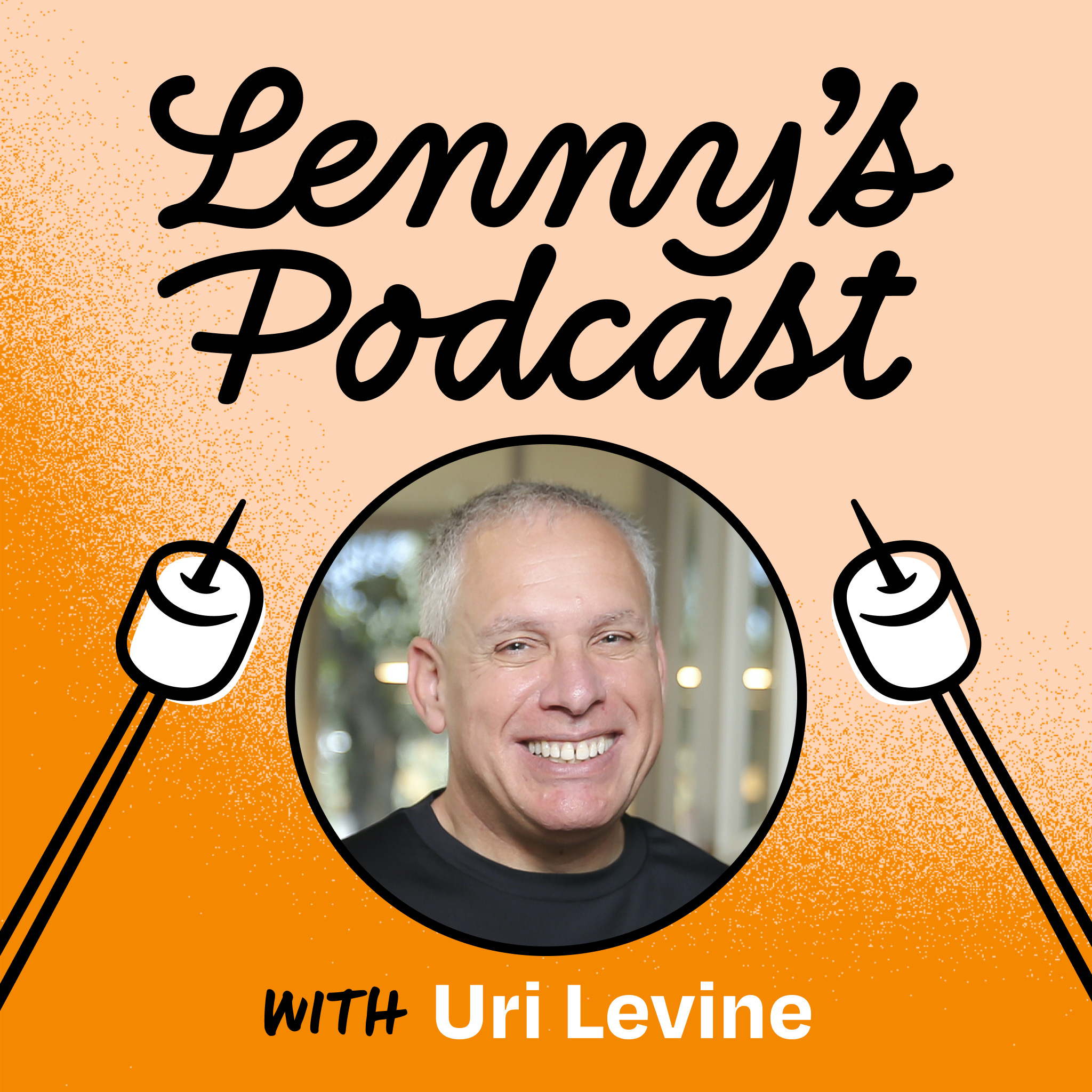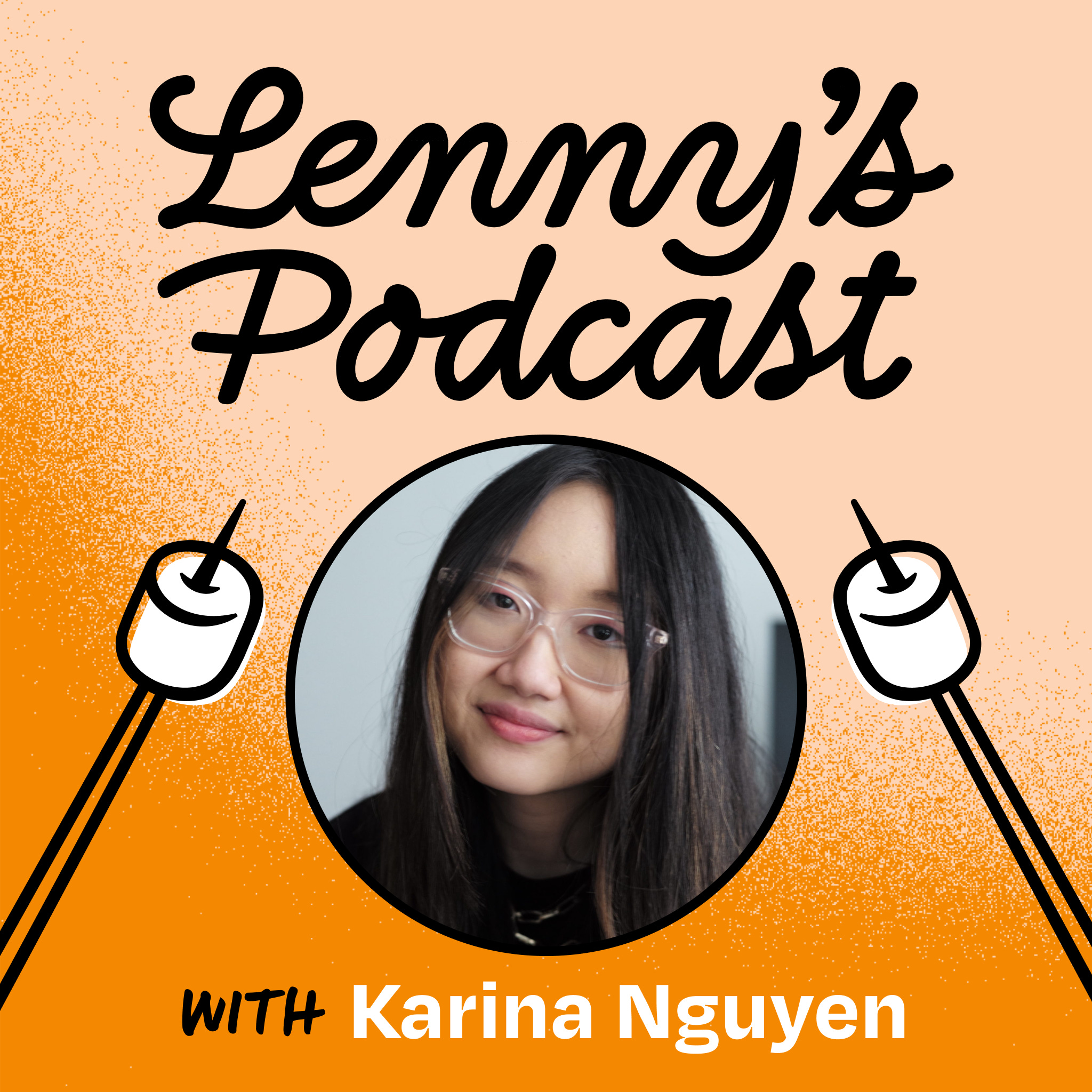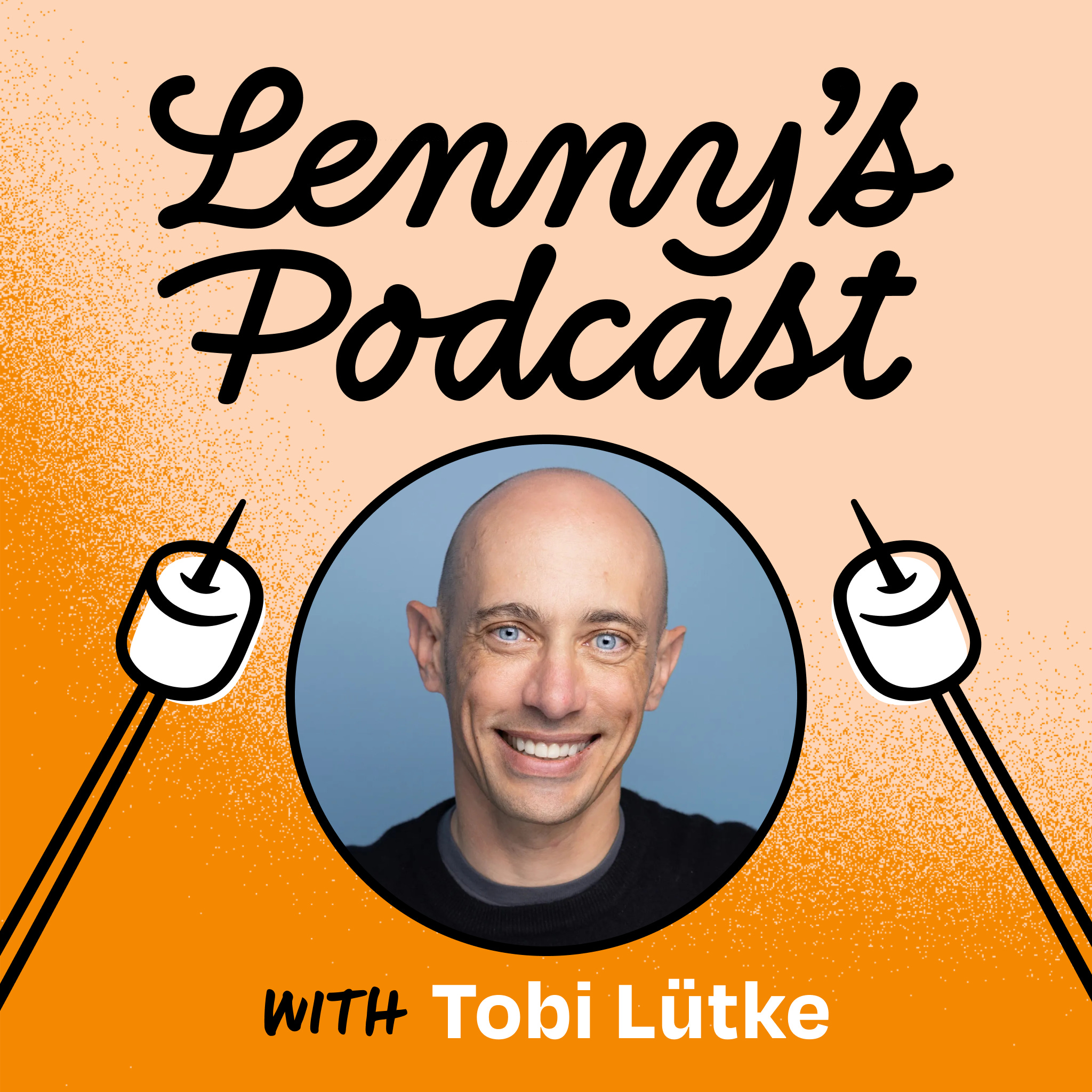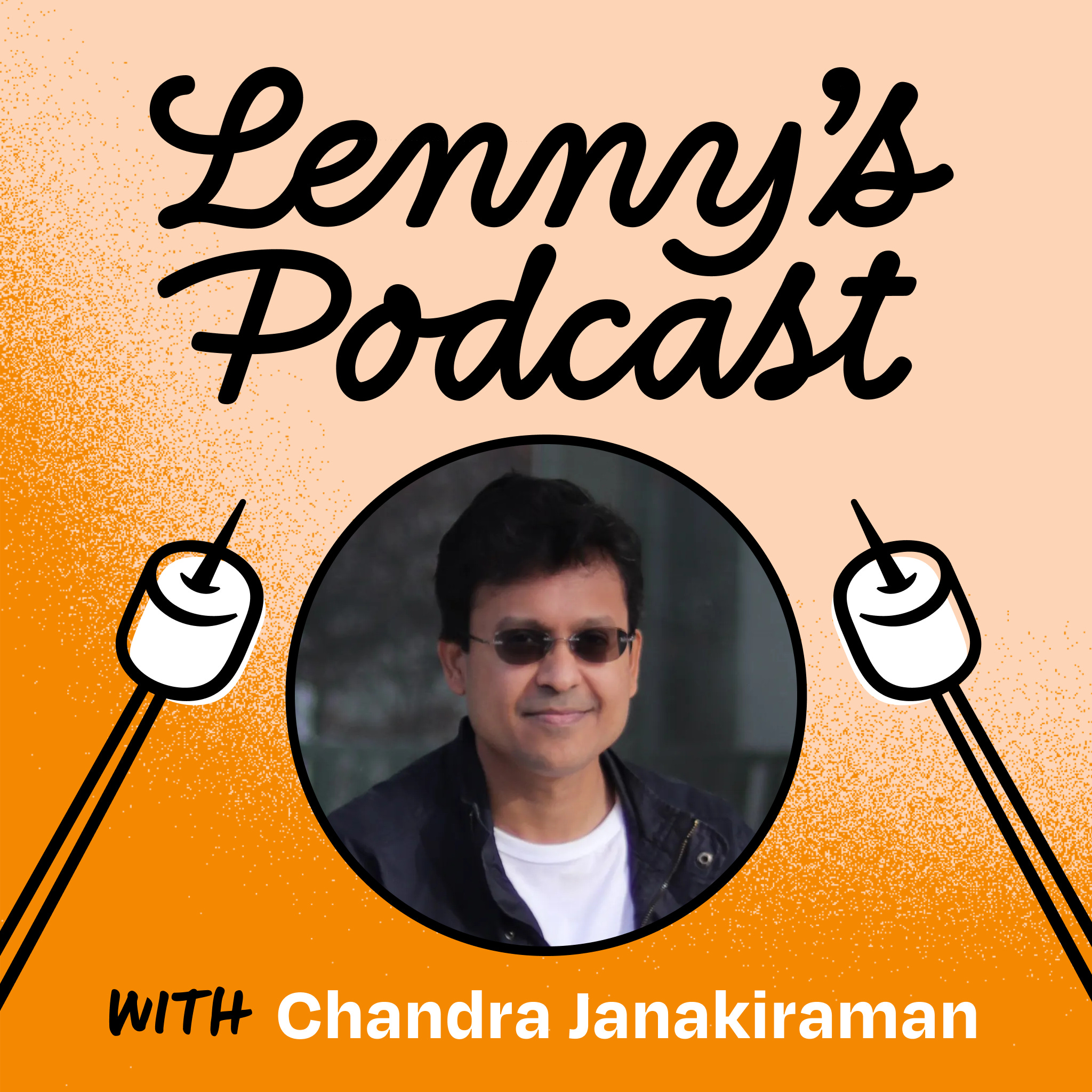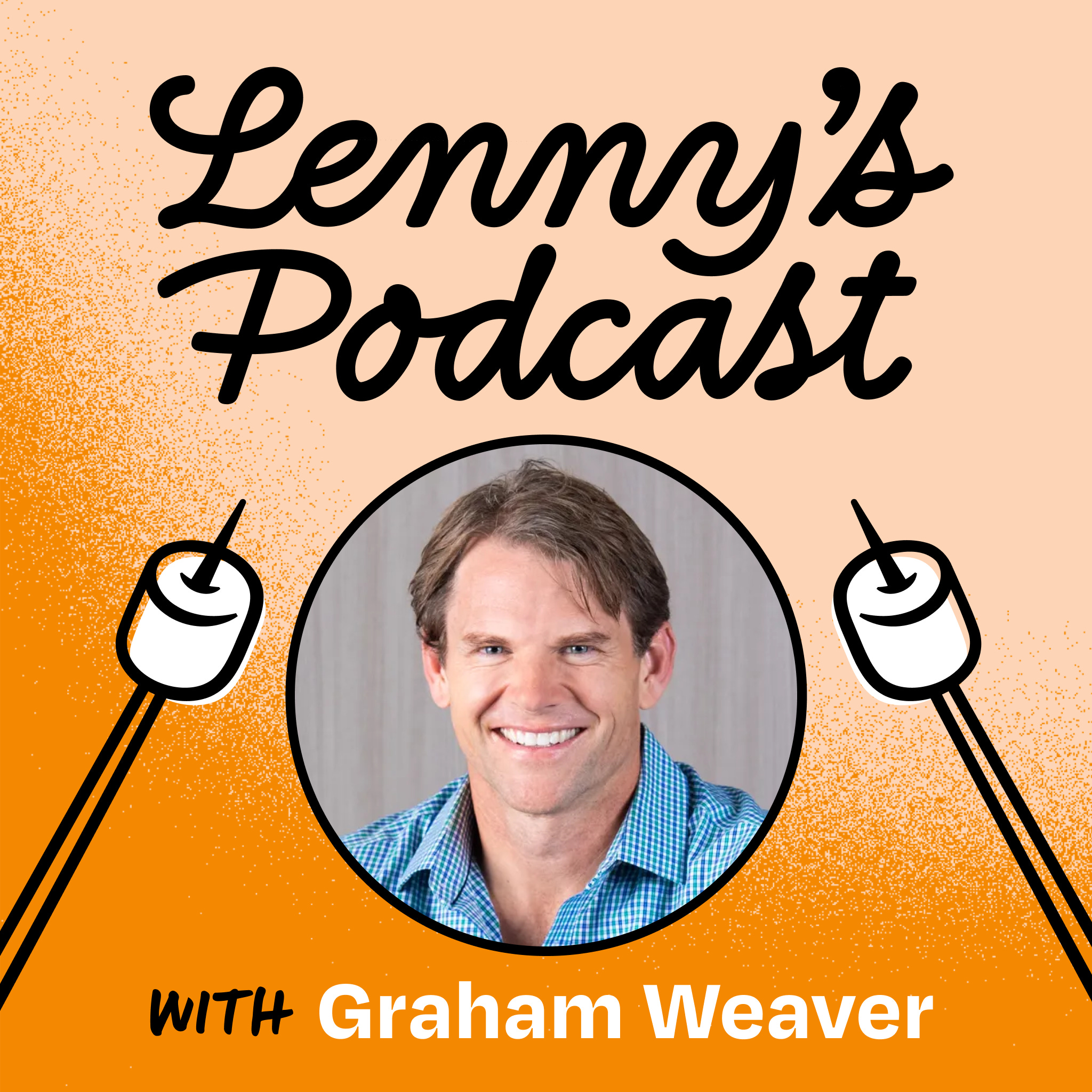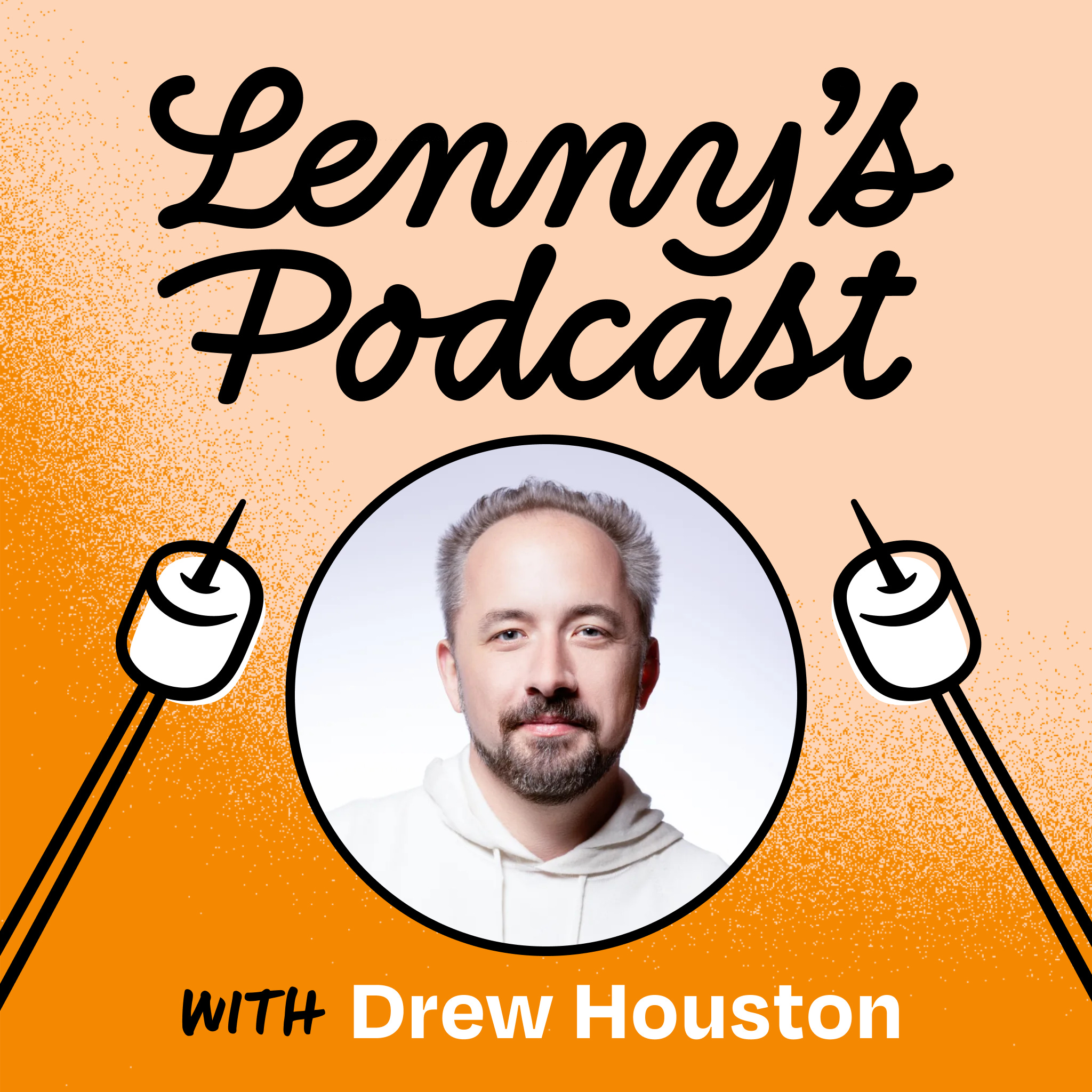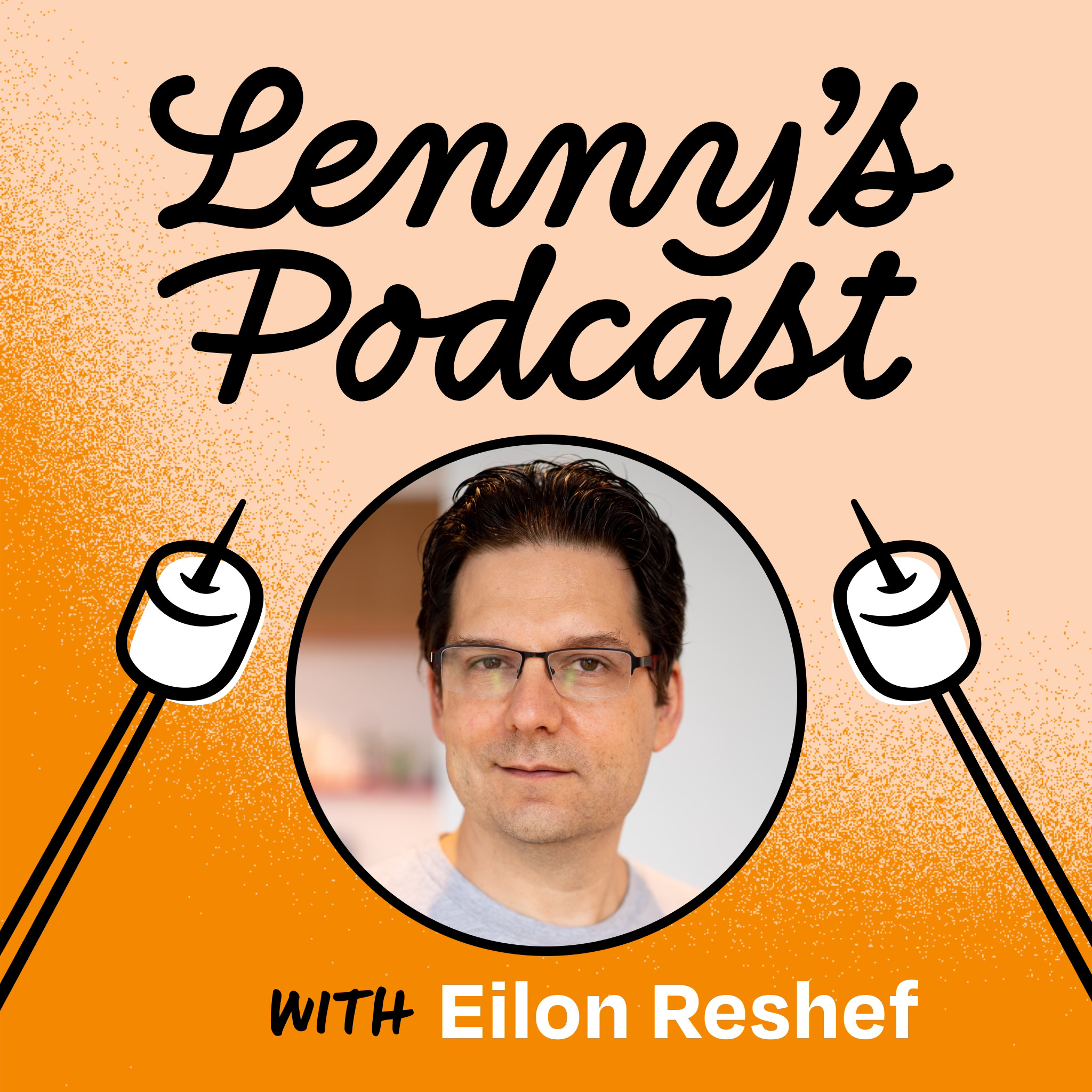
January 30, 2025 • 1hr 21min
Linear’s secret to building beloved B2B products | Nan Yu (Head of Product)
Lenny's Podcast: Product | Growth | Career
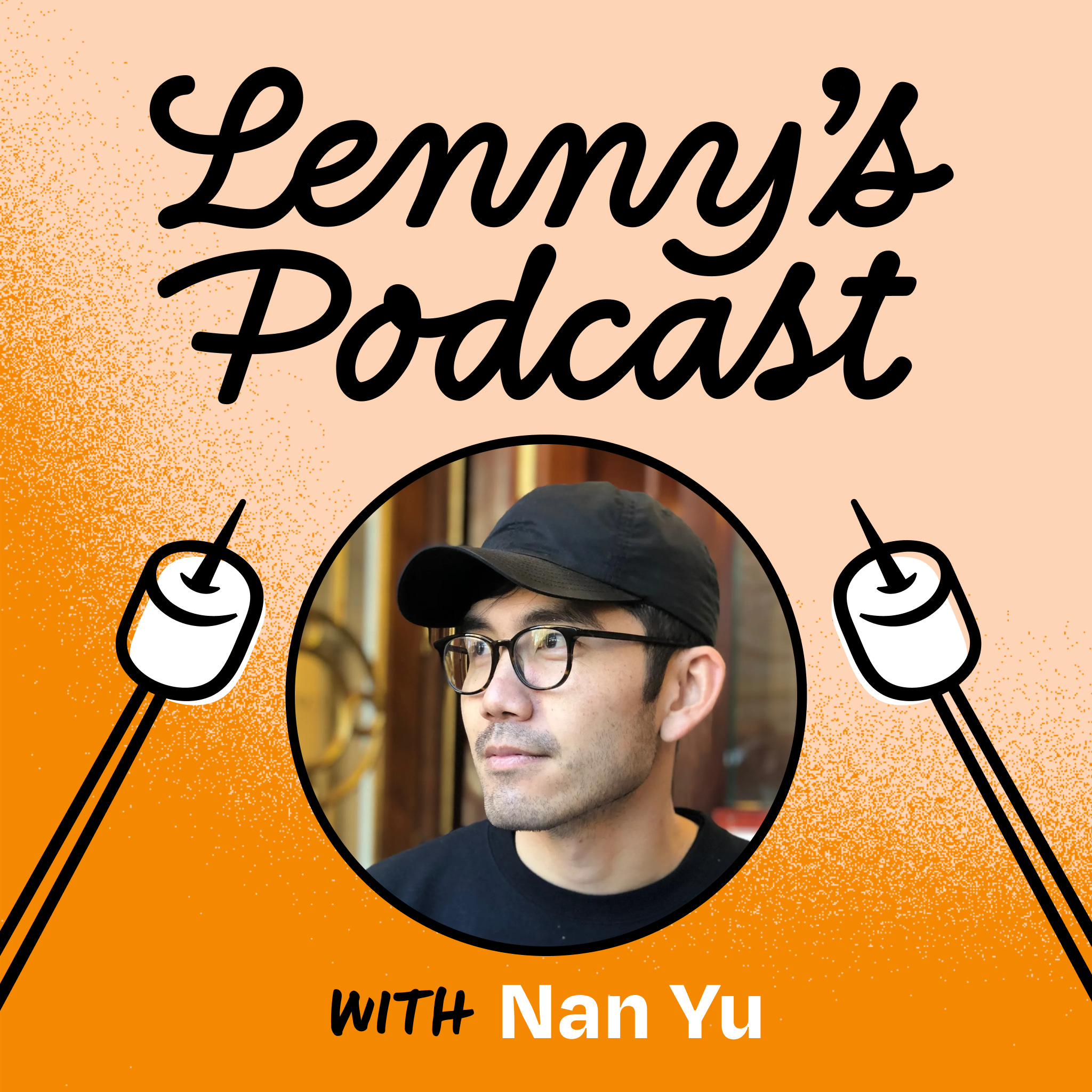
Key Takeaways
- Speed vs Quality Trade-off is a Myth - The best practitioners can work quickly while maintaining high quality because they are experts who make it second nature
- Get Features Out Early - Aim to have a workable solution within the first 10% of allocated development time to validate assumptions
- Prioritize IC Experience - Linear explicitly prioritizes individual contributor experience over middle management reporting needs to maintain product quality
- Focus on Emotional Hooks - Look for moments where users feel bad or frustrated as opportunities to improve the product experience
- Double Triangle Framework - PMs should bridge both the building side (engineering, design) and selling side (sales, marketing) of the organization
- Systematic Creativity - Test extreme versions of features to break past default constraints and find innovative solutions
Introduction
Nan Yu is the Head of Product at Linear, one of the fastest-growing and most beloved B2B SaaS products. Linear has gained significant traction by building a beautifully designed issue tracking tool that prioritizes speed and user experience. In this conversation, Nan shares Linear's unique approach to product development, creativity, and building enterprise software that users actually enjoy using.
Topics Discussed
Speed vs Quality Trade-off (00:00)
Nan challenges the common belief that there's an inherent trade-off between speed and quality in software development. He argues that true expertise enables both rapid development and high quality.
- Expert practitioners can work quickly while maintaining quality because the work is second nature to them
- Speed comes from competence, not from being sloppy or rushing
- Early iterations are critical - aim to have something workable within first 10% of development time
- "What matters is you have working software that you can interact with and see if it feels good" - Nan Yu
Getting Features to Users Quickly (09:24)
Linear has developed a systematic approach to releasing new features through gradually expanding circles of users to gather feedback early and often.
- Internal testing comes first with Linear team using features daily
- Beta customer groups get access once basic functionality and stability is achieved
- Expanding beta audiences provide additional feedback before general availability
- Focus on learning from real usage rather than theoretical perfection
Avoiding Enterprise Software Bloat (15:31)
Linear takes a principled stance against feature bloat by having clear criteria for what they will and won't build, particularly around customization requests.
- Reject customization features requested by middle managers that would make IC workflows worse
- Focus on core value proposition rather than checking enterprise feature boxes
- Maintain product quality by saying no to features that would compromise the user experience
- "The moment you start going down this path and make the IC user experience worse, they're just going to disengage" - Nan Yu
Understanding User Needs Deeply (23:57)
Linear emphasizes getting to specific, real user needs rather than building general solutions to hypothetical problems.
- Connect features to real people with specific use cases
- Understand actual workflows rather than theoretical ones
- Test solutions against reality rather than elegant but impractical designs
- Focus on concentrated pools of similar use cases rather than trying to solve everything
Customer Conversations (30:09)
Nan shared his approach to customer discovery conversations, focusing on understanding the emotional drivers behind feature requests.
- Dig for emotional context behind feature requests
- Understand what makes users feel bad in their current workflow
- Look for patterns in emotional responses across users
- "My goal is to feel bad in the same way that customers feel bad" - Nan Yu
Creating Emotional Hooks (34:10)
Linear looks for emotional hooks and moments of friction as opportunities to improve the product experience.
- Identify pain points in daily workflows
- Look beyond stated goals to emotional drivers
- Find underexplored opportunities that competitors miss
- Solve for specific bad feelings users experience
Managing Product Backlog (40:31)
Linear maintains a backlog of opportunities that they continue to develop understanding around until they're ready to execute.
- Track 20-30 opportunities at any given time
- Accumulate understanding before committing to build
- Maintain updated analysis of each opportunity
- Build conviction around scope and approach before executing
Systemizing Creativity (44:46)
Nan shared Linear's systematic approach to creativity by testing extreme versions of features to break past default constraints.
- Push beyond defaults by exploring extreme versions
- Test opposing extremes to find the right balance
- Learn from edge cases to inform final solution
- Break past unconscious constraints through deliberate exploration
Breaking Constraints (51:38)
Linear approaches product development by identifying and challenging assumed constraints to find innovative solutions.
- Question default assumptions about how features should work
- Test extreme versions to understand trade-offs
- Find balance points between opposing approaches
- Learn from real usage rather than theoretical analysis
The Double Triangle Framework (58:22)
Nan introduced the "double triangle" framework for product management, emphasizing the PM's role in connecting building and selling sides of the organization.
- Bridge building and selling sides of organization
- Collaborate closely with sales and marketing
- Help craft product messaging and positioning
- Validate messaging through sales conversations
Job Hunting Strategy (1:04:23)
Nan shared his unique approach to landing product roles by deeply understanding the hiring company's needs.
- Identify burning problems the hiring manager needs solved
- Position yourself as the solution to specific problems
- Act like you already work there during interviews
- Ask detailed questions about current priorities and challenges
Approach to Deadlines (1:09:15)
Linear takes a unique approach to deadlines, treating them as absolute priorities when they do set them.
- Use deadlines sparingly but take them very seriously
- Treat deadline work as P0 priority
- Cut scope aggressively to hit dates
- Ship early and iterate rather than estimate extensively
Conclusion
Linear's success in building a beloved B2B product comes from their systematic approach to product development, focus on user experience, and willingness to challenge conventional wisdom. Key elements include shipping quickly to get feedback, maintaining clear principles about what not to build, understanding emotional drivers behind feature requests, and bridging the building and selling sides of the organization. Their methods offer valuable lessons for product teams aiming to build high-quality software at speed while avoiding the typical pitfalls of enterprise bloat.
